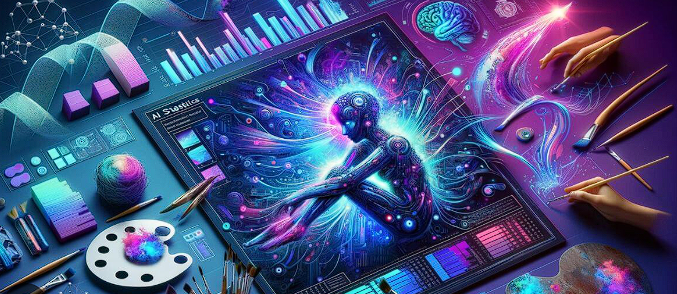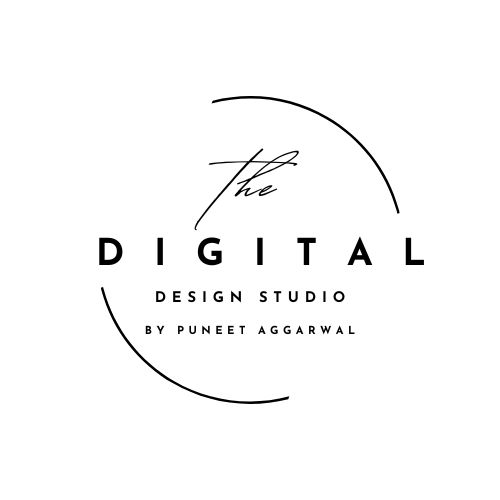Artificial Intelligence (AI) is no longer a futuristic concept; it’s a transformative force driving change in every aspect of our lives. From smart home assistants to advanced business analytics, AI tools are becoming integral to the way we work, communicate, create, and make decisions.puneetand pointers

But what exactly are AI tools, and why is everyone—from startup founders to Fortune 500 executives—rushing to adopt them?
In this blog post, we’ll explore what AI tools are, how they’re used, the industries they’re disrupting, their benefits, challenges, and what the future holds for this ever-evolving technology.
What Are AI Tools?
AI tools are software or platforms powered by artificial intelligence that can simulate human intelligence tasks. These tasks include understanding language, recognizing patterns, analyzing data, generating content, and even making decisions. AI tools are often built using technologies such as:
- Machine Learning (ML) – systems that learn from data over time.
- Natural Language Processing (NLP) – tools that understand and generate human language.
- Computer Vision – systems that interpret visual information.
- Generative AI – models that create new content like text, images, music, or code.
Whether you realize it or not, you probably interact with AI tools every day—through your phone’s voice assistant, personalized Netflix recommendations, or even when scanning your face to unlock your device.
Popular AI Tools in Action
Let’s break down some of the most popular AI tools and what they do:
1. ChatGPT
Created by OpenAI, ChatGPT is a conversational AI that understands prompts and generates coherent, human-like responses. It can help you write emails, generate code, brainstorm ideas, or even tutor you in complex subjects.
2. Grammarly
This AI-based writing assistant goes beyond grammar checks—it understands tone, suggests rewordings, and even helps you write more persuasively based on your audience.
3. Midjourney & DALL·E
These are generative AI tools that create high-quality images from text prompts. They’re revolutionizing art, design, marketing, and content creation.
4. Jasper AI
A content writing tool powered by AI that helps marketers and writers generate blog posts, ad copy, and social media captions in minutes.
5. Tableau + Einstein (Salesforce)
These tools incorporate AI into data visualization and business intelligence, enabling companies to uncover insights and predict future trends.
How AI Tools Are Transforming Industries
The impact of AI tools isn’t limited to tech companies. They’re being embedded into every industry:
Healthcare
AI tools are helping doctors diagnose diseases, predict patient outcomes, and even suggest treatments. Tools like IBM Watson can sift through massive volumes of medical literature in seconds.
Education
Platforms like Duolingo and Khan Academy use AI to offer personalized learning paths. AI tutors can adjust difficulty levels and recommend learning material based on student performance.
Finance
AI is used for fraud detection, automated trading, and customer service. Robo-advisors like Betterment and Wealthfront manage investment portfolios with minimal human input.
Retail and E-Commerce
Recommendation engines, chatbots, and inventory management systems are driven by AI. These tools help retailers enhance customer experiences and optimize supply chains.
Media and Entertainment
From creating movie scripts to generating deepfake videos, AI tools are transforming how content is made and consumed.
Benefits of AI Tools
So, why are businesses and individuals alike flocking to AI tools? Here are some of the biggest advantages:
1. Saves Time
AI tools automate repetitive and time-consuming tasks. This allows professionals to focus on more strategic or creative work.
2. Boosts Productivity
By handling large volumes of data and multitasking effortlessly, AI tools help increase overall efficiency.
3. Enhances Creativity
AI isn’t just about logic and data. Generative tools can spark new ideas, assist in the creative process, and produce artwork, stories, and even music.
4. Increases Accuracy
AI tools reduce human error. For example, AI in manufacturing predicts equipment failures, and AI in medicine spots anomalies doctors might miss.
5. Personalization at Scale
AI can tailor experiences for individuals at a massive scale. Think about how Netflix or Spotify recommends content uniquely for each user.
Challenges of AI Tools
Despite the excitement, AI tools come with their own set of challenges:
1. Bias and Fairness
AI models learn from data—and if that data is biased, the model can produce biased results. This is a major concern in sectors like hiring, law enforcement, and lending.
2. Privacy
AI tools often require access to personal or sensitive data, raising concerns about how this data is used and protected.
3. Job Displacement
While AI creates new jobs, it can also automate roles previously held by humans. Reskilling and upskilling the workforce is critical.
4. Lack of Transparency
Many AI models, especially deep learning systems, are “black boxes”—meaning we don’t always know how they arrive at their conclusions.
5. Dependence on AI
As we grow more reliant on AI tools, there’s a risk of losing important human judgment, creativity, and emotional intelligence in decision-making.
The Future of AI Tools
The future of AI tools is incredibly promising, and we’re only scratching the surface of what’s possible. Here are a few trends to watch:
1. Democratization of AI
More no-code and low-code platforms will allow non-programmers to build AI-powered tools, making innovation accessible to all.
2. AI-Human Collaboration
Rather than replacing humans, AI tools will increasingly become collaborators. Artists, writers, doctors, and engineers will use AI as co-pilots to enhance their work.
3. Explainable AI
Researchers are working on tools that make AI decisions more transparent and understandable, helping to build trust in the technology.
4. AI for Good
We’re seeing a rise in AI applications aimed at solving global challenges—from climate modeling to disaster response and accessibility for people with disabilities.
Final Thoughts
AI tools are not just a passing trend—they’re here to stay and evolve. Whether you’re a small business owner, content creator, teacher, or student, AI tools can help you work smarter, make better decisions, and unlock creativity in ways you never imagined.
As we navigate this exciting new era, i
t’s important to use these tools thoughtfully. Embrace their power, but stay aware of the ethical, social, and practical implications. In the right hands, AI tools have the potential to make our world more efficient, equitable, and imaginative.
So, are you ready to build your future with AI

